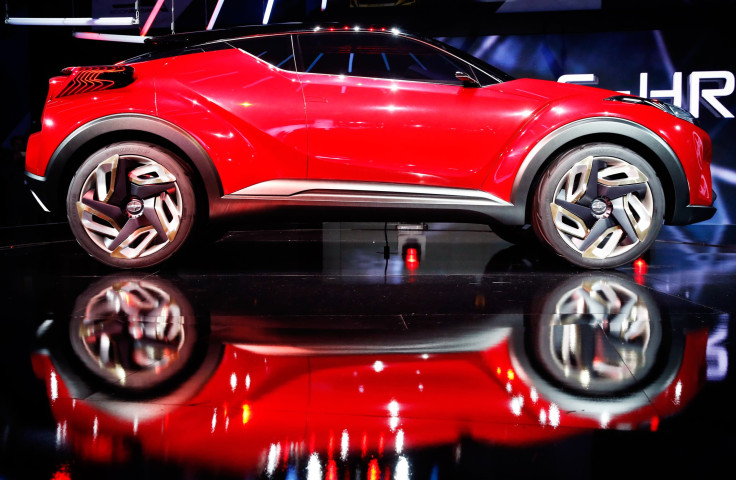Toyota Kills Scion Brand, Ends 13-Year Effort To Be Young, Hip And Cool With Millennials

“This isn’t a step backward for Scion; it’s a leap forward for Toyota.”
With those words, Toyota’s North America boss, Jim Lentz, announced that the world’s biggest automaker has become the first foreign manufacturer to kill a vehicle brand specifically made for the U.S. market.
Toyota announced Wednesday that after a dozen years of producing cars, Scion would be no more, and that existing 2017 models like the tC coupe and and iM hatchback would be rebranded as Toyota cars.
“Dropping the Scion brand, while applying lessons learned to improve Toyota’s sales and marketing processes, will enable Toyota to cut the marketing and support costs for a weak third brand and better deploy those resources throughout the company,” Stephanie Brinley, senior analyst at IHS Automotive, said in an emailed statement.
Instead of declaring Scion a failure, Toyota claims its experiment in creating a separate low-cost band succeeded in what it was intended to do: recruit U.S. millennials to the Toyota family. If they could be persuaded to buy a $14,000 Scion, Toyota executives rationalized that these buyers would upgrade later to Toyotas or Lexuses, increasing the population of loyal customers. The company says 70 percent of Scion customers were new to Toyota and that half of them were under 35.
But no automaker retires a successful automotive brand, and sales numbers show Scion never recovered from the 2007-09 recession. In 13 years the Toyota division sold a little more than a million units, mostly from the xB and tC models introduced in 2004 and 2005.
“The Scion brand never quite caught on in the way that Toyota hoped it would,” said Edmunds.com senior automotive analyst Jessica Caldwell.
The low-cost, peppy Scion was intended to lure driving-age millennials — roughly defined as Americans born from 1980 to 2000 — with unconventional designs and a trove of add-ons, such as carbon-fiber shift knobs and sports mufflers to appeal to the snowflake generation.
But like an aging Generation Xer at a millennial Super Bowl watch party, Toyota’s efforts never really took off with the youngsters.
“When Scion debuted in 2003, it was intended to bring in a younger demographic to Toyota, but growth was derailed by the recession and the brand never reached its intended volume targets or demographic,” Kelley Blue Book senior analyst Rebecca Lindland said in an email.
In fact, Scion’s appeal increasingly had the opposite effect. According to Autoweek, while the average age of a Scion buyer in the early 2000s was 35; by 2007, that average increased to nearly 44. Members of neither age group are considered young.
© Copyright IBTimes 2024. All rights reserved.






















